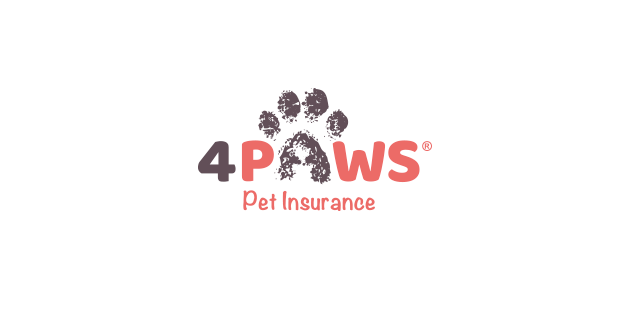28 Mar Keep your pet safe and away from chocolate this Easter
(ps. It means there’s more for you!)
It doesn’t feel ten minutes since the supermarket shelves were bursting with tinsel and the air was filled with the intoxicating aroma of mulled wine. Well, Santa, move over… the bunny is back!
There’s nothing we love more than sinking our teeth into a crisp chocolate Easter egg. It’s one of the very few times we can really justify chocolate for breakfast and we’re absolutely here for it. Unfortunately, so are your pets!
It’s no secret that our four pawed pal’s eyes will turn towards us should they hear the opening of a fridge door or the crunch of an empty food packet. Let’s face it, most of our pets will sniff out just about everything they’re not supposed to get their jaws on. With our cupboards filling up with sweets and chocolates in anticipation of the Easter bank holiday weekend, it’s now more important than ever to make sure we educate ourselves on what’s not good for our pets to be munching on this Easter time.
It’s really very simple: Chocolate is toxic for pets. It contains a chemical called theobromine as well as caffeine. Both chemicals are heart stimulants and muscle relaxants that animals cannot metabolise.
Make sure your chocolate eggs are out of sight and stored high up where even the best feline climbers can’t get their claws on it. Dogs especially have a particularly sweet tooth, probably more than cats and rabbits, so it’s especially important for dog families to keep this in mind.
How much is too much?
The amount of theobromine varies depending on the bitterness of the chocolate: the darker and more bitter, the more dangerous it can be. Even if your pooch tries their hand at white chocolate, the results can still be damaging as the fat and sugar can make them ill.
What to watch out for
It’s important to remember that symptoms don’t necessarily begin immediately. Keep an eye out for any vomiting, diarrhea, increased thirst, excessive urination and fast heart rate. In more severe cases symptoms can include muscle tremors, seizures and heart failure.
Next steps
Quick action will mean a better prognosis. Contact your vet and try to ascertain whether your dog has eaten a dangerous amount of chocolate depending on its size and the type of chocolate.
Treatment may include induced vomiting and administering activated charcoal which may prevent the theobromine being absorbed into the body.
Did you know you can get a fake ‘chocolate’ that’s suitable for pets?
These tasty treats contain a chocolate substitute called carob which looks just like chocolate. Carob is made from dried, roasted carob tree pods and looks just like cacao powder and is totally safe for you pet to enjoy! So you can enjoy the real deal while your pets enjoy the dupe.
Make sure you’re covered with one of our pet insurance policies for peace of mind.
If you have a 4Paws pet insurance policy you have access to totally free video consultations with FirstVet. These are 24 hours a day, 7 days a week (including bank holidays!).
Happy Easter from The 4Paws Pet Team.




